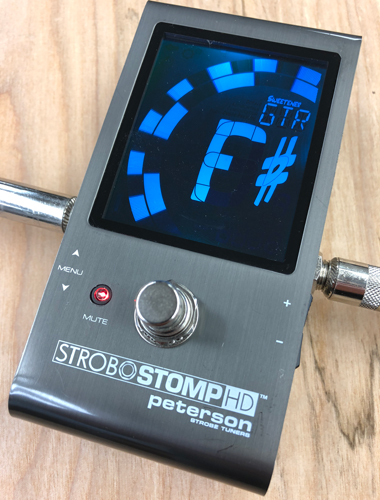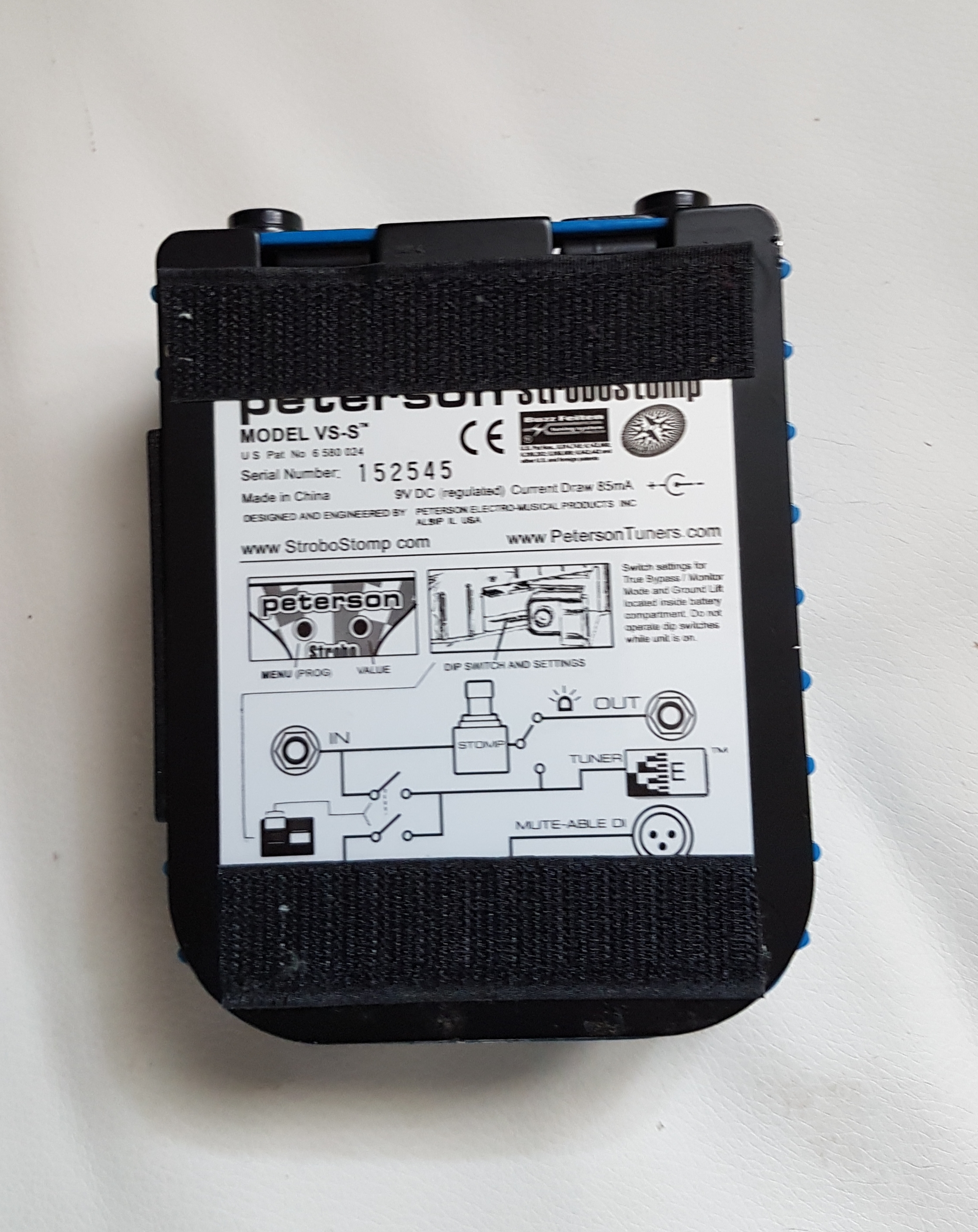

* Just intonation tends to sound better due to the lack of harsh beat notes and dissonances. This is not so important with a bass playing single notes, but could yield significant improvements if playing chords or double stops. But again, it only works for one specific key, or set of chords.

Sweetened tuning presets and various harmonic tuning methods all have the purpose of moving the instrument's tuning towards just intonation. So you are actually using the fundamental (the open string) as a reference anyway. But you can't see this unless you are also looking at the fundamental. This assumes of course that the 2nd harmonic is reasonably static, and it normally is on a good string. For this reason, the 2nd harmonic of the open string (the 12th fret harmonic) can be used as a substitute for the open string when adjusting intonation. The only interval that's perfect in equal temperament is the octave, a perfect 2nd harmonic. It's a compromise which provides for all keys being equally, but not quite perfectly, in tune.

To avoid this "single key" limitation, we generally tune to an equally tempered scale. Change keys, and you will have to retune. Note that this perfection will only be true for one particular key though. So a tuning method that is based on harmonics could yield intervals that sound better. The just intoned scale is the most perfect sounding scale*. Harmonics can play a role in tuning since the just intoned scale is based on the harmonic series. So the precise location of this node (or lack thereof) affects the pitch. An imprecise take off (witness) point at the ends of the string can cause frequency errors for both the fundamental and the harmonics, since the string end is a common node for all of their vibration modes. Creating a well defined take off point from the saddle and nut is called "setting the witness point", and simply involves pressing the string down on either side of the saddle (or nut) to form solid break angles over the saddle and nut. The way that the string takes off from the saddle and nut can make the inharmonicity worse though. The presence of shifting harmonics is not necessarily a sign of an improper setup. On some other instruments, like brass or woodwinds, the harmonics are perfect multiples of the fundamental and would be perfectly static. But it occurs to some degree on any stringed instrument. This inharmonicity is present to a greater degree on shorter or heavier strings like those on a piano. Click to expand.String harmonics are not precisely in tune with the fundamental and the phenomenon is known as "inharmonicity".



 0 kommentar(er)
0 kommentar(er)
